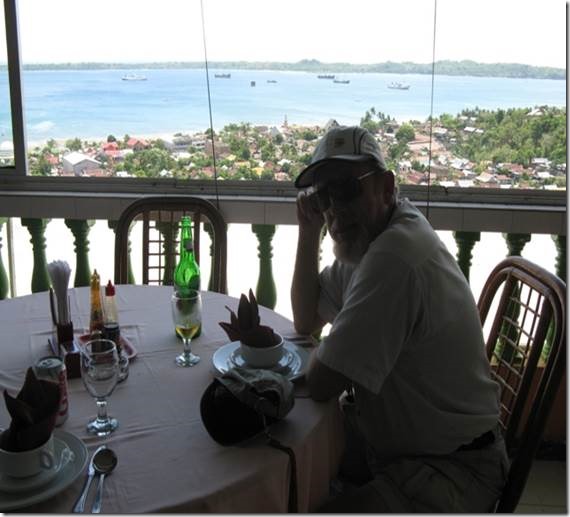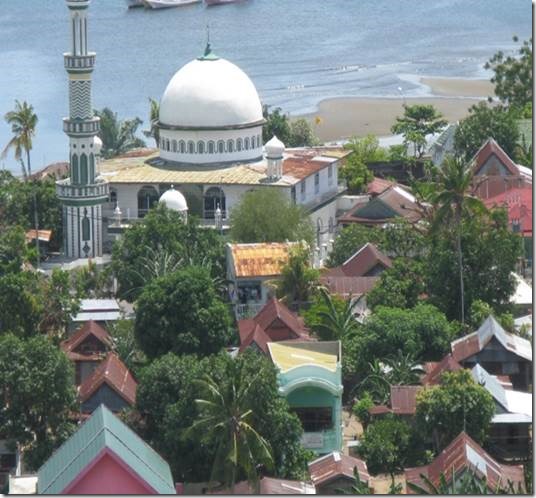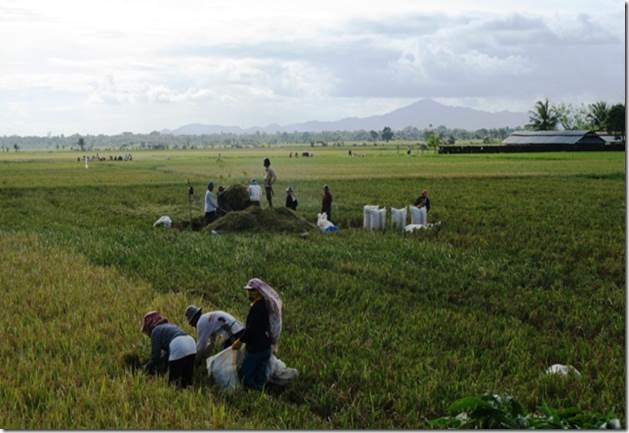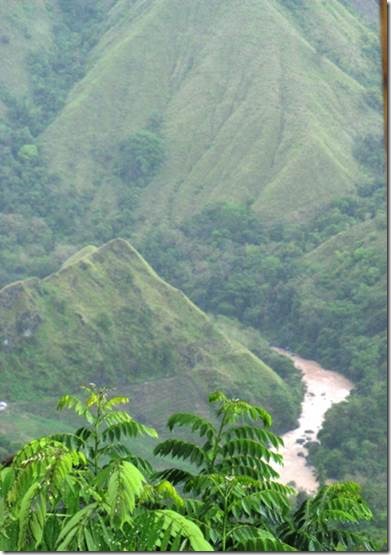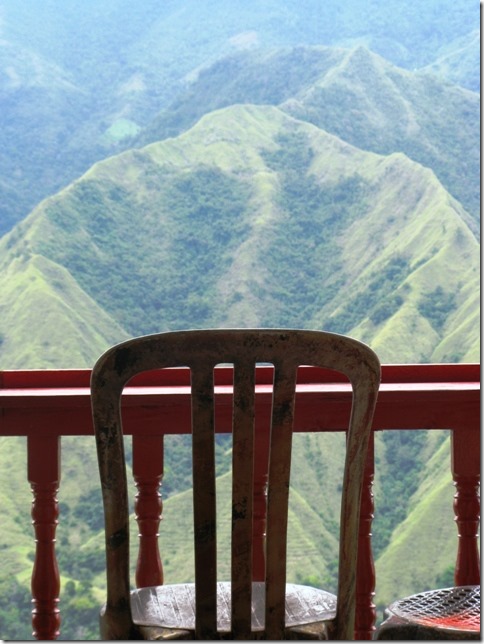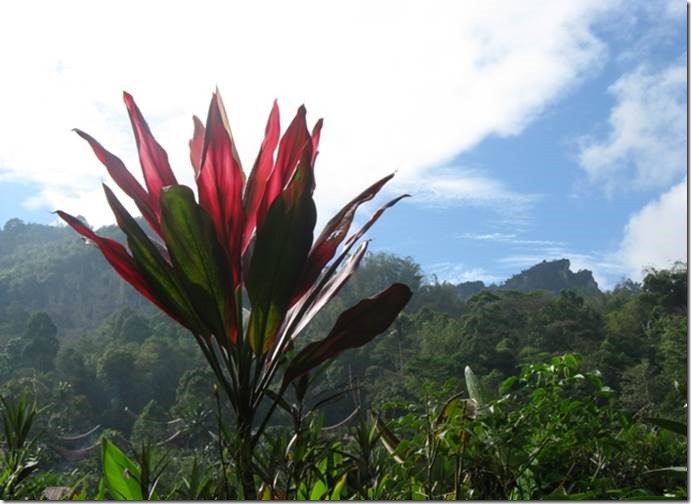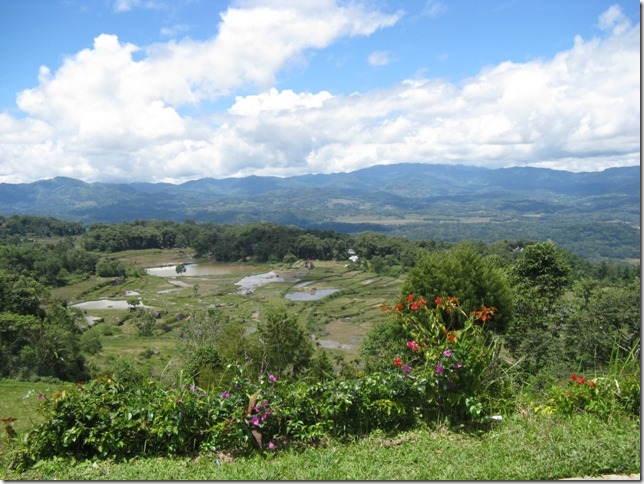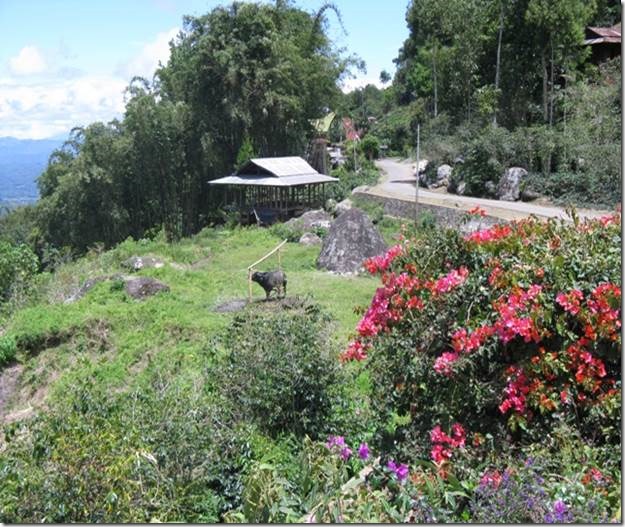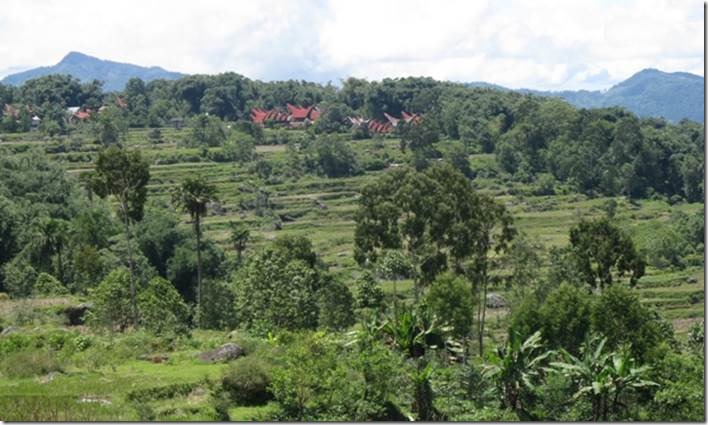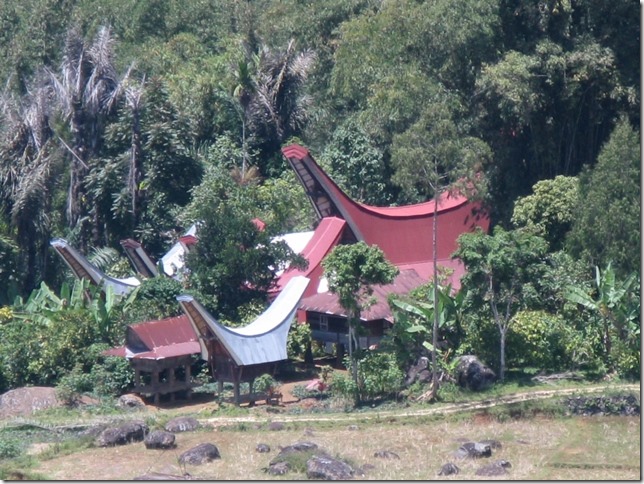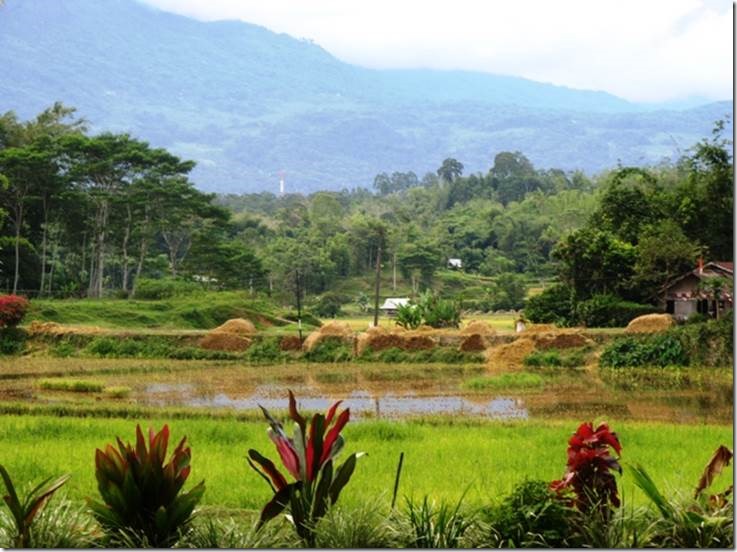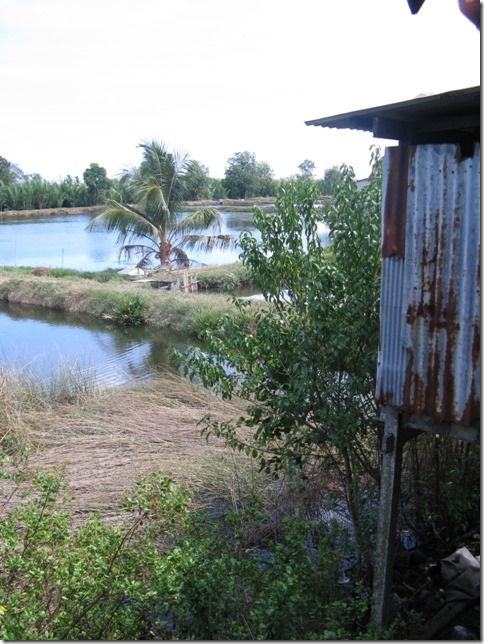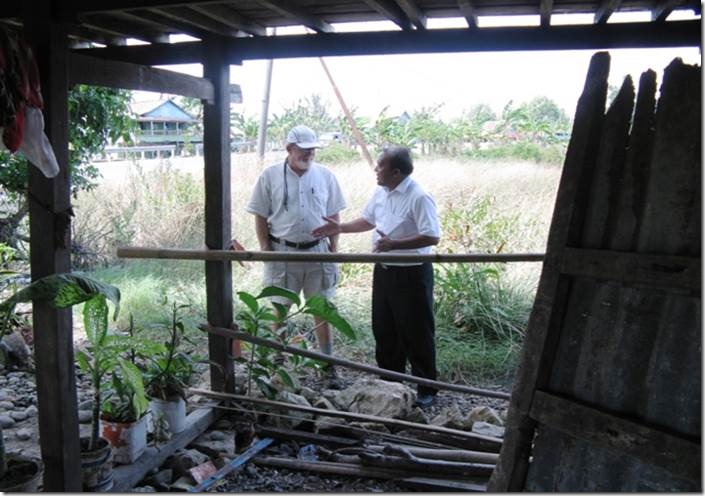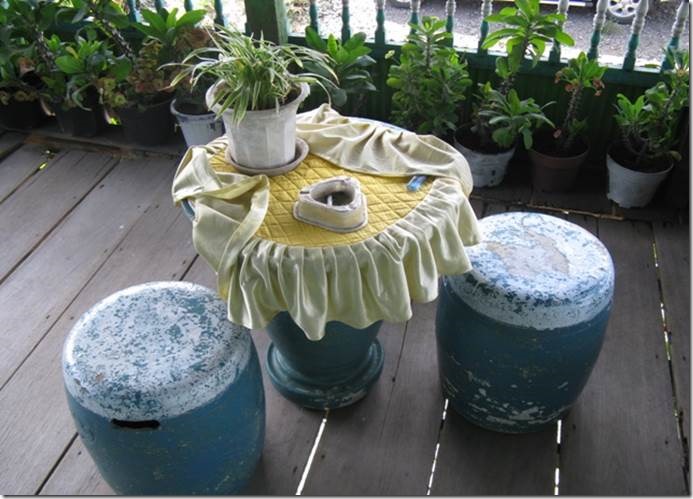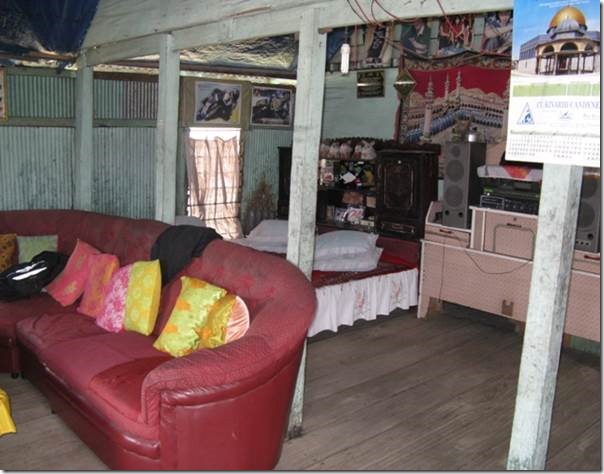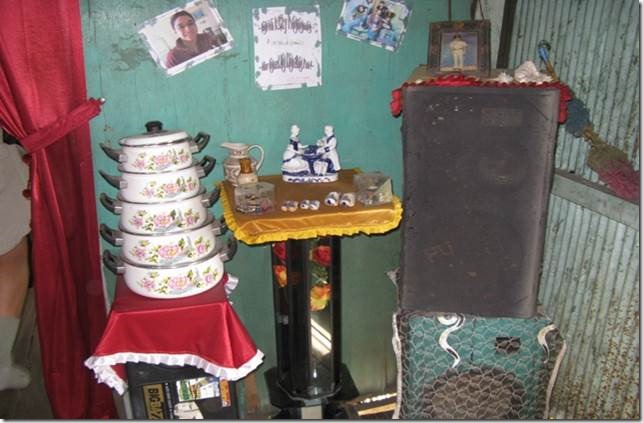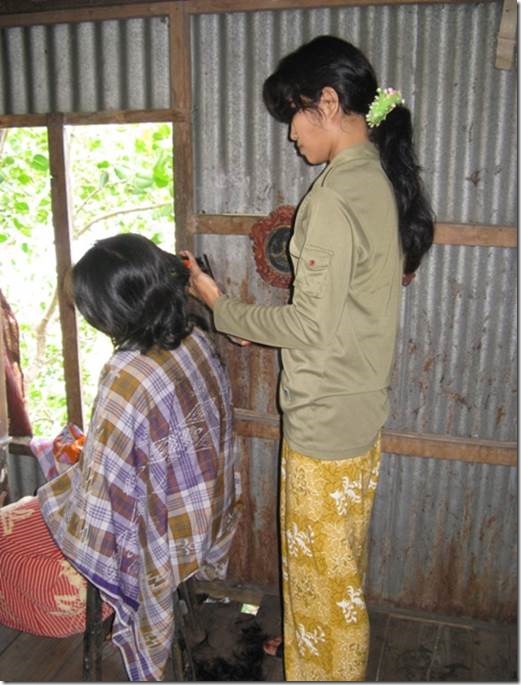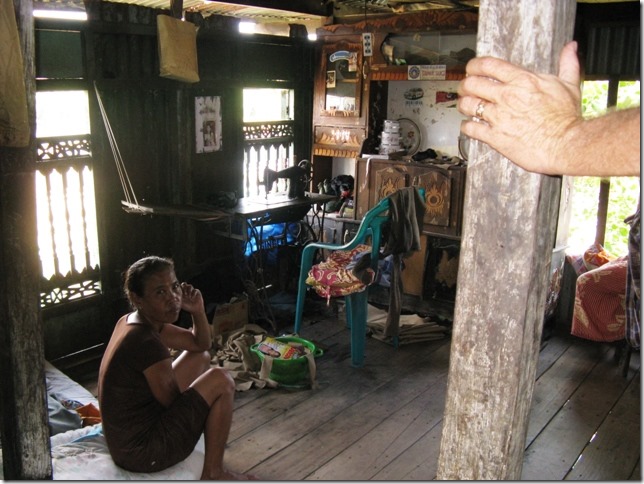“South Sulawesi is home to fertile plains that are the most densely populated region in Indonesia outside of Java and Bali.Towards the southern tip is the provincial capital of Makassar, the largest city east of Java. Further north, Parepare is the second largest port on Sulawesi and a stopping point driving from Makassar to Tana Toraja. Tana Toraja, 400 km (240 miles) north of Makassar in the highlands of South Sulawesi lies in the region of Tana Toraja. From June to September the local community holds its elaborate funeral celebrations to honor their ancestors. Rantepao is the main town and location of the buffalo and pig market where animals are bought for the funeral celebration meals. Cave burial sites are located at Londa and Lemo.” Paraphrased from our info on our map of Sulawesi. Some of the stops along the way were Maros, Pangkajene, Prepare, Enrekang, and the Rantepao. Our hotel was in Makale just outside of Rantepao. I believe we stopped in Parepare for lunch.
Rusli said about 30% or the population is middle class earning between $25,000 to $35, 000 per year US. Since there are about 10,000 Rupiah to $1, what you earn and spend sounds staggering! Most people are poor though not hungry or homeless. We saw some of the local economies on our journey from Makassar
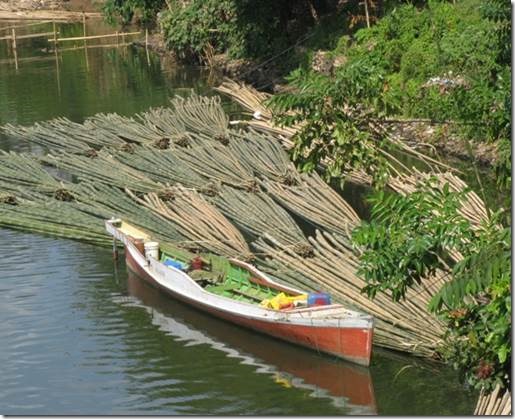 Early in our first day we stopped not far from Makassar to see part of the bamboo industry. Here bamboo is sold. In Torajaland its abundance makes it free.
Early in our first day we stopped not far from Makassar to see part of the bamboo industry. Here bamboo is sold. In Torajaland its abundance makes it free.
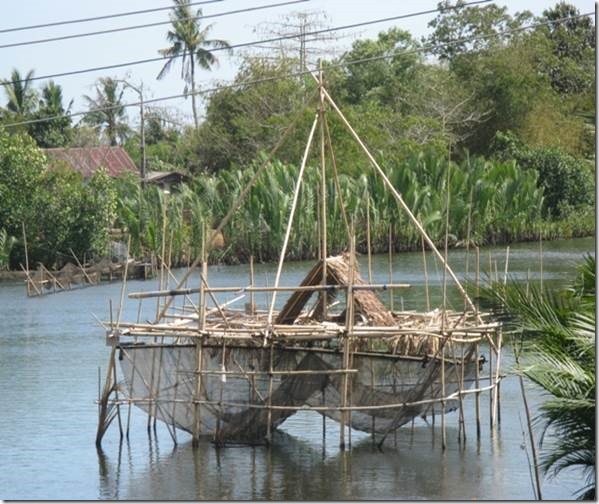 Catching fish in the river near Nur’s house. Lights are shown into the nets and the fish swim in and are caught.
Catching fish in the river near Nur’s house. Lights are shown into the nets and the fish swim in and are caught.
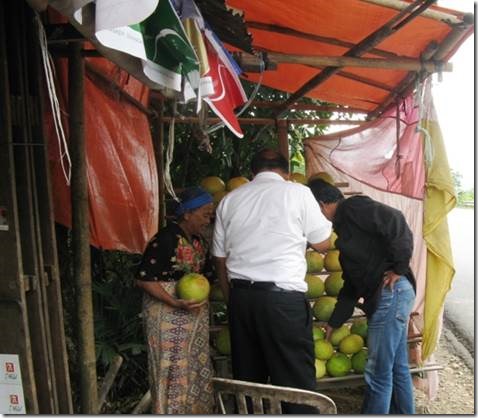 Rusli and Herman, our driver buying “lemons” from a street side shop. We would call them grapefruit. There are no speed limits and no real rules. Just go as fast as you can around everyone else so you can get from Makassar to Tana Toraja in 8 hours. Scary! Luckily Herman has been doing this for years and knows how to deal with the road and other drivers.
Rusli and Herman, our driver buying “lemons” from a street side shop. We would call them grapefruit. There are no speed limits and no real rules. Just go as fast as you can around everyone else so you can get from Makassar to Tana Toraja in 8 hours. Scary! Luckily Herman has been doing this for years and knows how to deal with the road and other drivers.
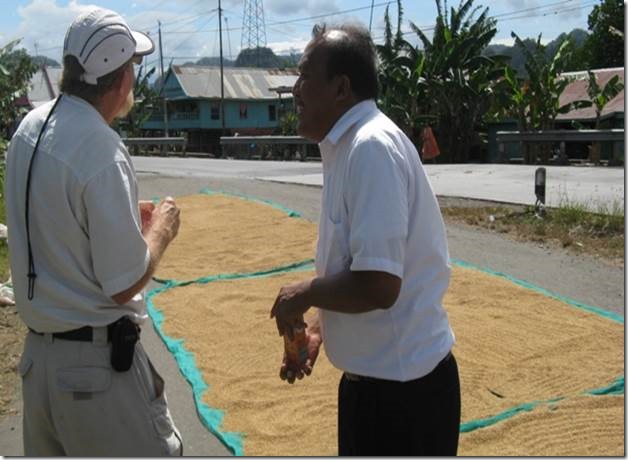 Rice drying along the road near Nur’s house. Rice has three stages and three names. Padi with the husk, Beras with the husk removed, and Masi when it is cooked. Pare Pare is rice in general, I think
Rice drying along the road near Nur’s house. Rice has three stages and three names. Padi with the husk, Beras with the husk removed, and Masi when it is cooked. Pare Pare is rice in general, I think
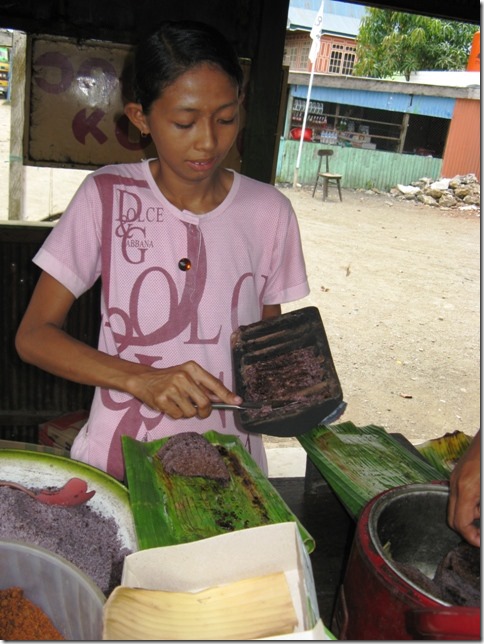 These small cakes had the consistency and texture of a flat corn muffin. They were made from sticky rice, I think and cooked over coals in a heavy covered cast iron pan as you can see. Very good.
These small cakes had the consistency and texture of a flat corn muffin. They were made from sticky rice, I think and cooked over coals in a heavy covered cast iron pan as you can see. Very good.
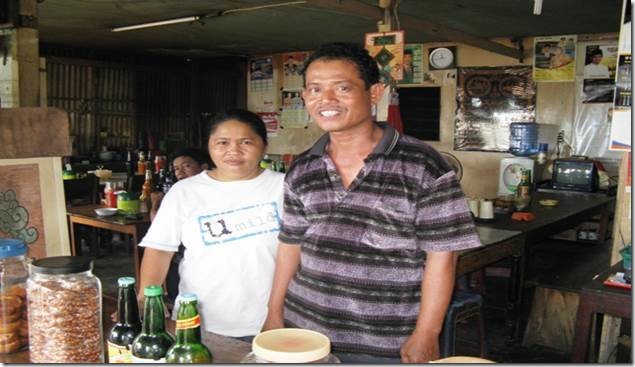 The shop/restaurant owners. He wanted his photo taken, she was not so eager. The home is located over the shops in many cases. Ruko is the local term for the combined home and shop.
The shop/restaurant owners. He wanted his photo taken, she was not so eager. The home is located over the shops in many cases. Ruko is the local term for the combined home and shop.
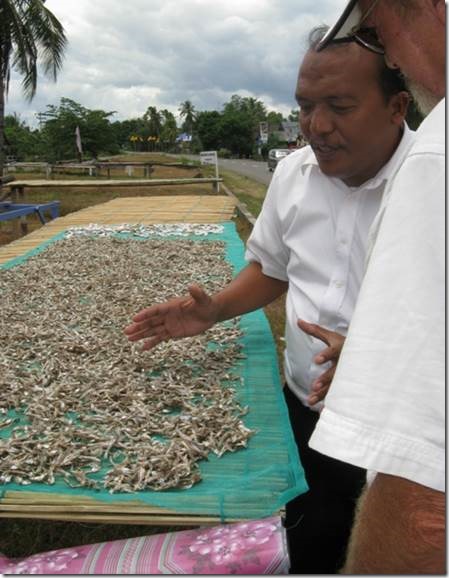 Rusli explains to Randal about the fish “drying” process. These fish are tiny but we also saw large grouper.
Rusli explains to Randal about the fish “drying” process. These fish are tiny but we also saw large grouper.
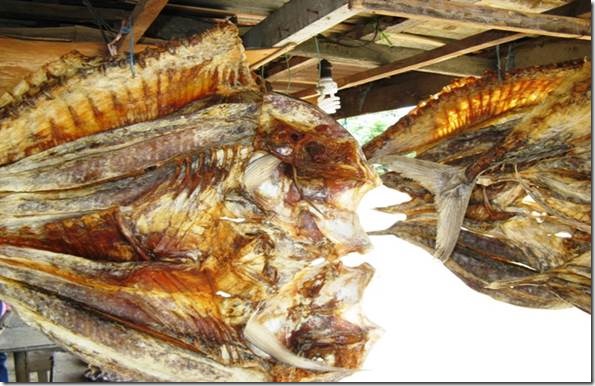 Look prehistoric don’t they. Could be too since formaline is used to preserve them. We were going to buy some but took a pass when we learned of the preservative. Usually it’s just salt.
Look prehistoric don’t they. Could be too since formaline is used to preserve them. We were going to buy some but took a pass when we learned of the preservative. Usually it’s just salt.
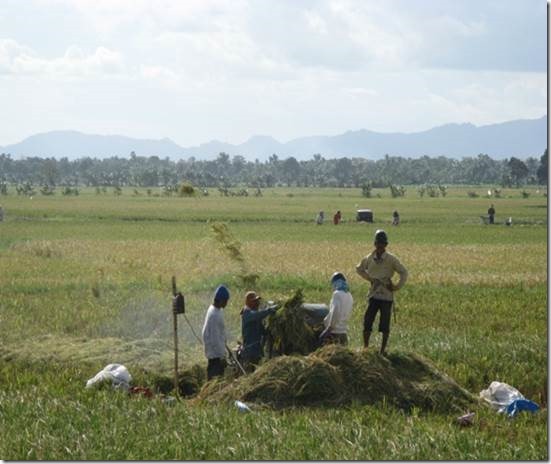 Rice workers. I could devote more than one email to photos connected to the rice culture. These are mostly “rental people” who will be paid with rice.
Rice workers. I could devote more than one email to photos connected to the rice culture. These are mostly “rental people” who will be paid with rice.
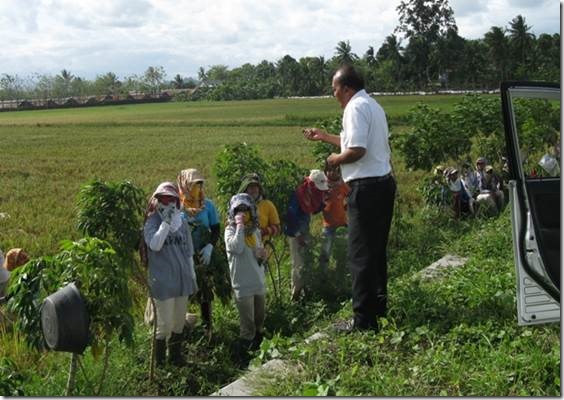 Rusli giving them some lemon. They had asked for candy, but we had none. I bought some for the ride back, but the opportunity didn’t arise.
Rusli giving them some lemon. They had asked for candy, but we had none. I bought some for the ride back, but the opportunity didn’t arise.
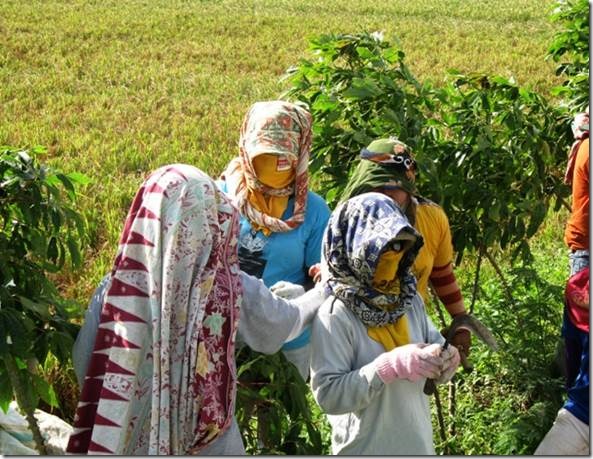 Protection from the sun and also because they are Muslim women. I was warm in just my tiny sleeves! Sitting!!!
Protection from the sun and also because they are Muslim women. I was warm in just my tiny sleeves! Sitting!!!

